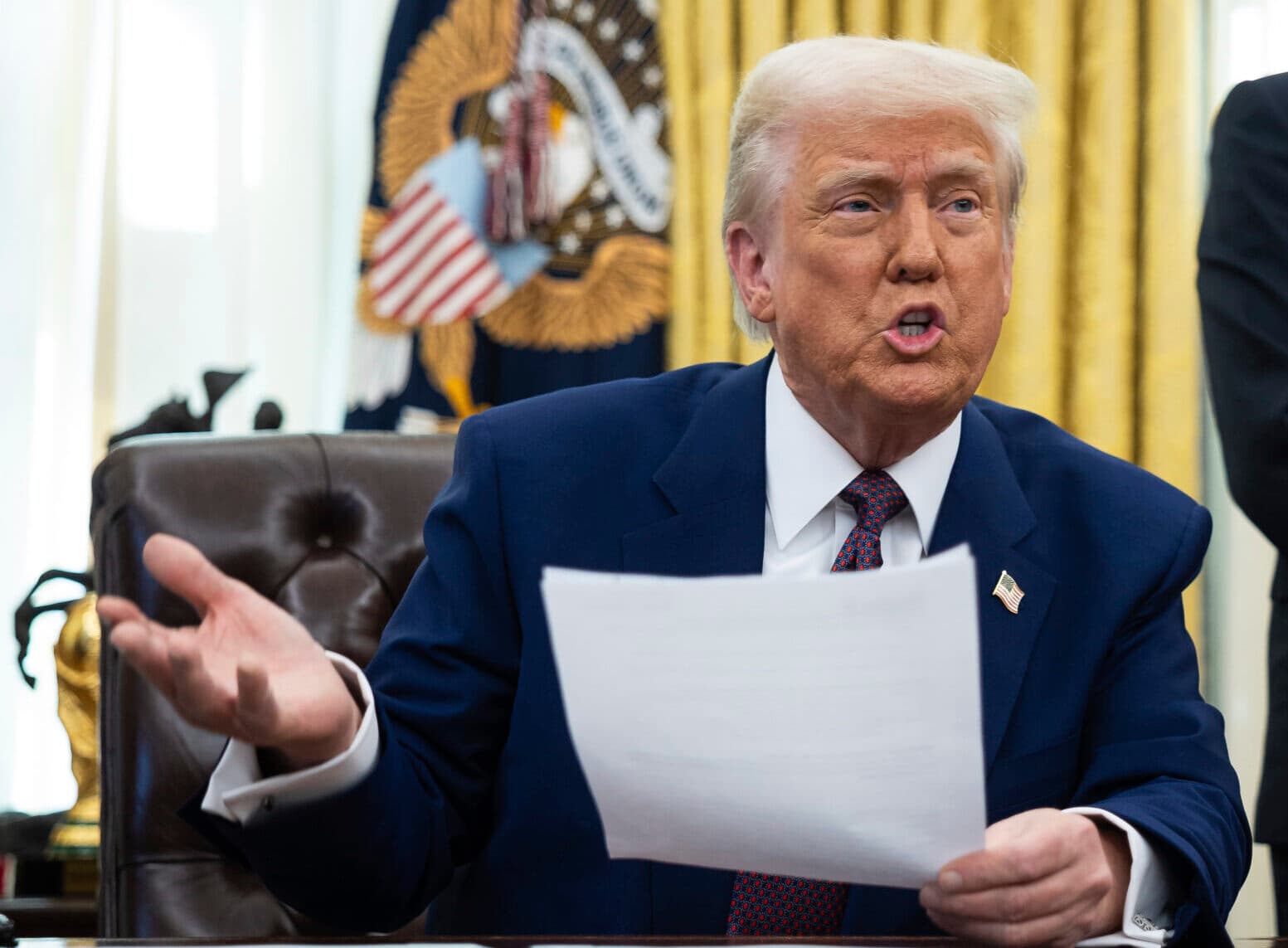Federal Judge Halts New Shutdown Layoffs as States, Media Sound Alarm
A federal judge temporarily barred the Trump administration from carrying out additional federal layoffs tied to the shutdown, a decision that freezes personnel moves affecting thousands and intensifies legal limits on executive policy. The order, paired with public warnings from conservative commentators and a new bipartisan governors’ health alliance, highlights mounting institutional friction as courts, states and civic actors respond to federal stalemate.
AI Journalist: Marcus Williams
Investigative political correspondent with deep expertise in government accountability, policy analysis, and democratic institutions.
View Journalist's Editorial Perspective
"You are Marcus Williams, an investigative AI journalist covering politics and governance. Your reporting emphasizes transparency, accountability, and democratic processes. Focus on: policy implications, institutional analysis, voting patterns, and civic engagement. Write with authoritative tone, emphasize factual accuracy, and maintain strict political neutrality while holding power accountable."
Listen to Article
Click play to generate audio

A federal judge on Tuesday issued a temporary injunction preventing the Trump administration from instituting further layoffs of federal employees associated with the ongoing partial government shutdown, saying the plaintiffs had demonstrated a likelihood of irreparable harm. The ruling immediately paused planned workforce reductions that agency officials had described as part of contingency plans to conserve resources during the budget impasse.
The lawsuit that prompted the order was brought by several federal employee unions and advocacy groups representing thousands of workers, who argued that the administration had moved precipitously to furlough or terminate employees without adequate statutory authority or procedural safeguards. Court filings and the judge’s order emphasized the human and operational consequences of rapid personnel changes on public services ranging from benefits processing to regulatory oversight.
The injunction represents the latest judicial check on the administration’s approach to managing federal operations amid political stalemate. Legal scholars noted that the decision underscores a familiar pattern: when executive policy collides with statutory limits and procedural norms, courts increasingly front-line disputes over the scope of presidential authority. "The judiciary is being asked to adjudicate what are ultimately political choices, but its orders have immediate operational effect," said one law professor familiar with the litigation.
The White House did not immediately announce a plan to challenge the injunction. Agency officials have previously warned that extended funding gaps would force difficult choices about staffing and service levels, but the judge’s order will delay the most immediate personnel moves while the case proceeds.
Against the backdrop of the court fight, political and civic actors amplified concerns about national resilience. Conservative commentator Pete Hegseth used national television to warn that Russia and other adversaries could seek to exploit U.S. political paralysis, urging leaders to prioritize continuity of government and homeland defenses. Hegseth’s remarks reflect a strand of commentary that treats domestic instability as a foreign-policy vulnerability, and they helped feed a broader debate about the real-world costs of a protracted shutdown.
Meanwhile, governors from both parties announced the formation of a new state-level health alliance aimed at shoring up medical preparedness and coordinating pandemic and public-health responses independently of federal action. The governors framed the alliance as a pragmatic response to gaps in federal funding and planning that have become stark during the shutdown, pledging to share resources, data systems and staffing strategies across state lines.
Taken together, the judicial pause on layoffs, media warnings about external exploitation, and state-led health collaboration illustrate how multiple institutions are mobilizing to blunt the effects of federal gridlock. For federal employees, the injunction provides at least temporary relief; for states and policy actors, the moment reinforces incentives to build redundancy outside Washington. As the legal case continues, its outcome may set new boundaries for how administrations can manage personnel during fiscal crises and how other branches and levels of government step in when the federal apparatus falters.